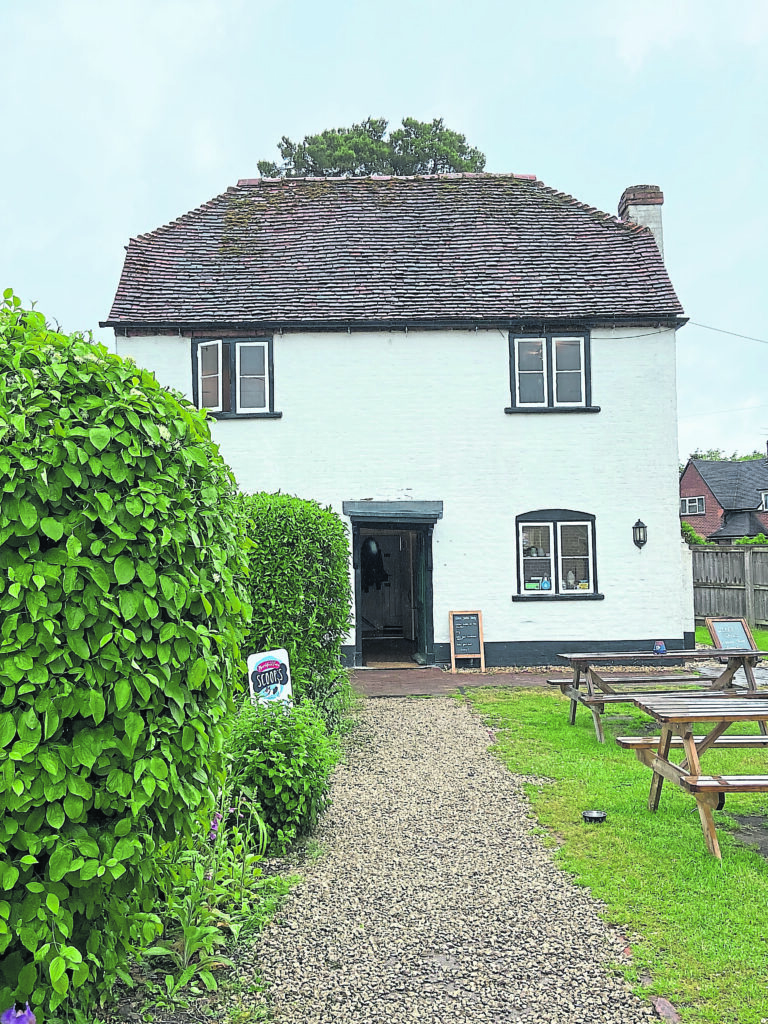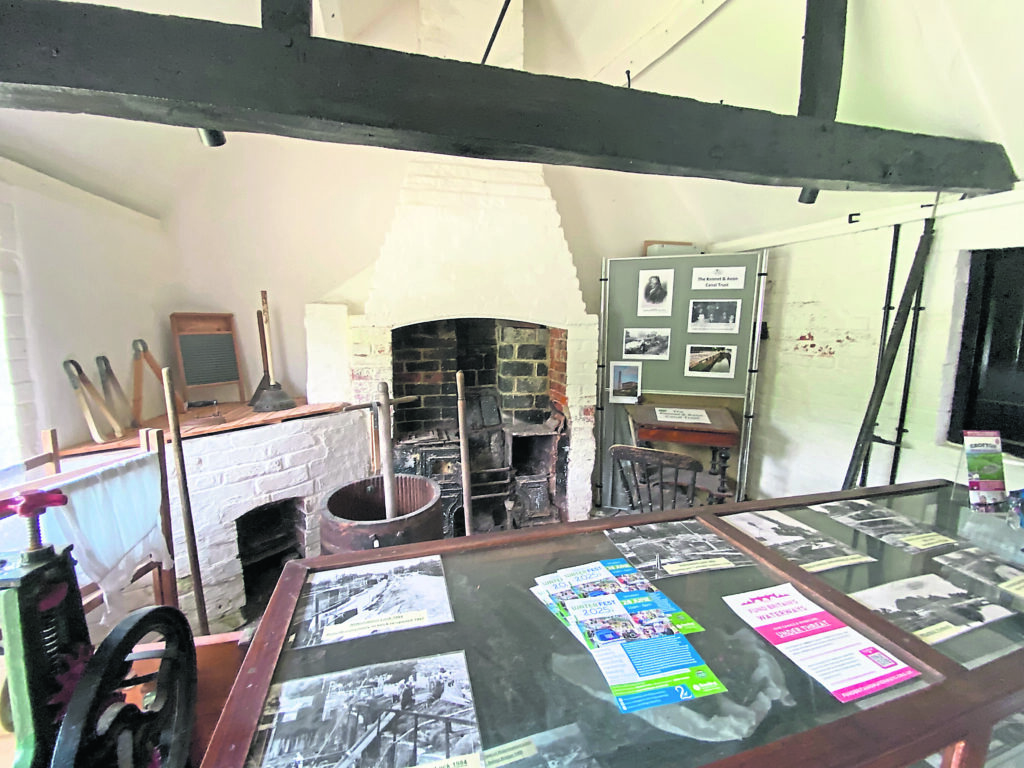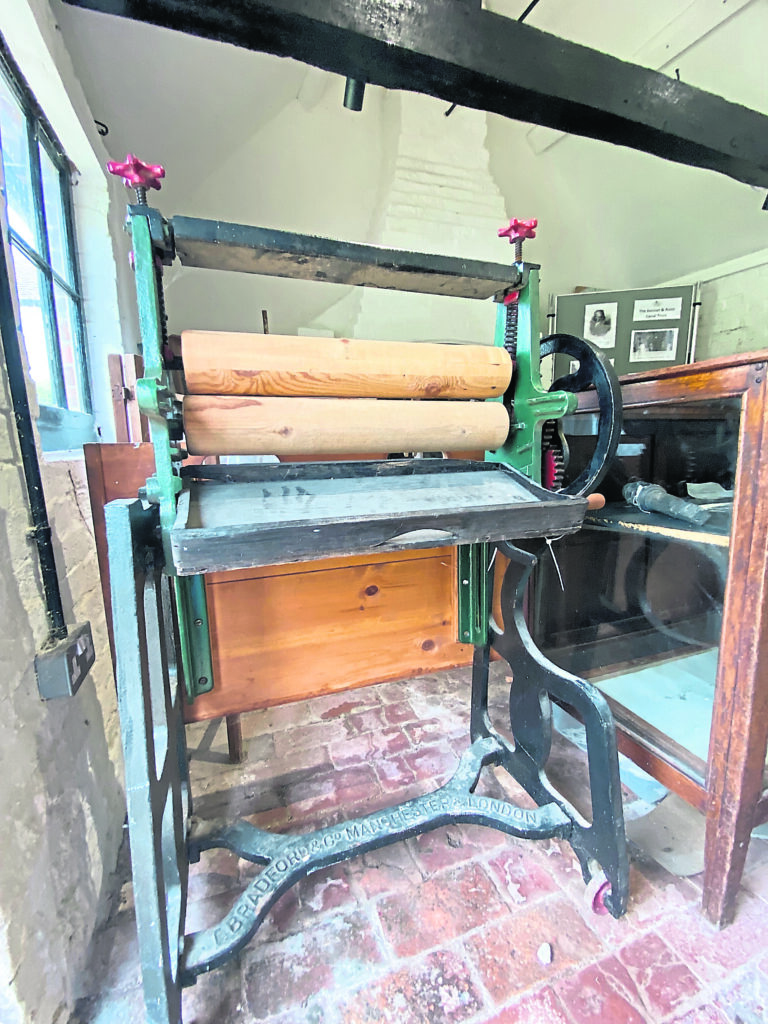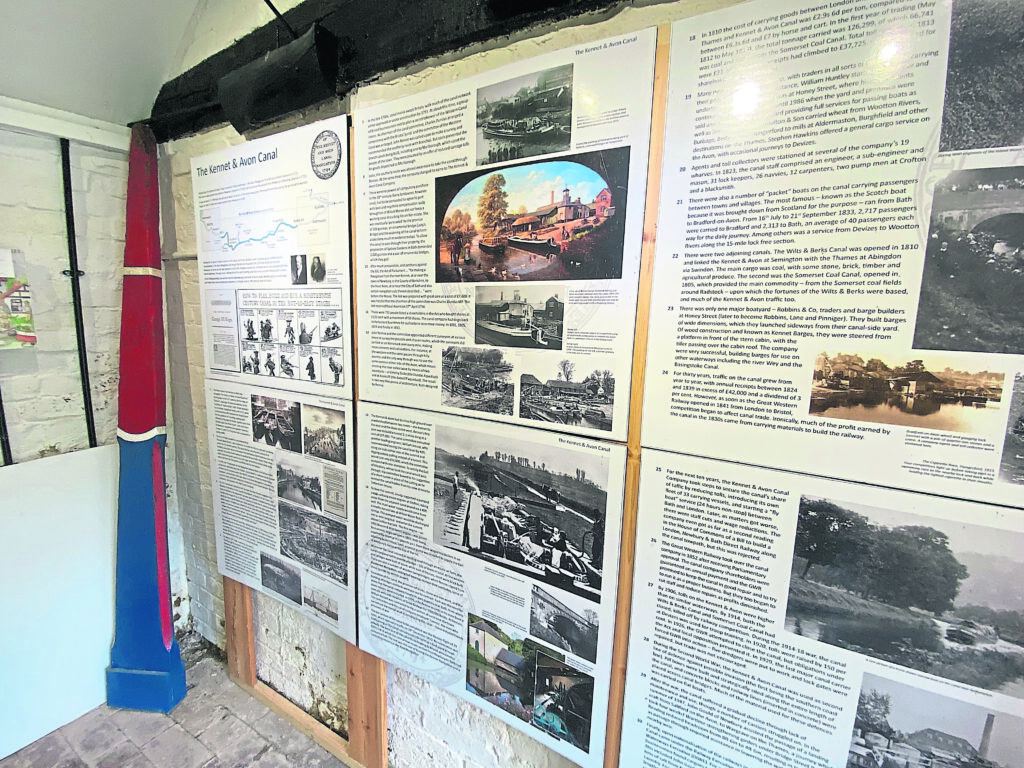Nicola Lisle discovers a small but delightful visitor centre in the heart of the Berkshire countryside.
ALDERMASTON Wharf today is a peaceful, idyllic spot, perfect for simply relaxing and enjoying the local amenities or using as a base to start exploring the 300-year-old Kennet & Avon Canal.

Never one of the most commercially successful canals, the Kennet & Avon nevertheless enjoyed some prosperity during its early years.
This popular canal was formed from three waterways over the best part of a century, starting with the Kennet Navigation from Newbury to Reading in 1723, followed in 1727 by the Avon Navigation from Bristol to Bath and finally, in 1810, the man-made section from Bath to Newbury, completing the 87-mile stretch of navigable waterway to link the South West to London.

Aldermaston Wharf quickly developed into an important industrial centre along the Kennet Navigation, with mighty horse-drawn wooden barges, some up to 109ft long and 17ft wide, handling cargoes of timber, malt, flour, cheese, coal and iron, many destined for both domestic and international markets.
A brewery was established at the wharf in 1770, later acquired by the Strange family and remaining in their hands until it was sold to Scrace’s Brewery of Southampton in 1945. The site was demolished in the 1950s and subsumed into the 1990s development of the wharf as a leisure and tourist area.
The completion of the canal in 1810 saw Aldermaston become ‘the place of export of very considerable quantities of round and hewed Timber, Scantling, Hoops, Brooms and so on’. The wharf also acquired its own mill for producing flour from cargoes of wheat from H Doulton & Son.

On arrival at Aldermaston Wharf it is tempting to head straight for the tea rooms, housed in a historic, white-painted building that could almost have leapt out of a fairytale. First, though, take a peek inside the small timber-framed brick building on your right as you enter the garden. This is the visitor centre, run by the Kennet & Avon Canal Trust. Don’t be fooled by its diminutive size – there is a lot of canal history packed into this tiny space.
A series of information boards give an exceptionally detailed history of the Kennet & Avon Canal, from its inception in the early 18th century to its decline, restoration and triumphant reopening more than 200 years later.
Here we learn how the building of the Kennet & Avon Canal – as was so often the case – was anything but smooth. Parliamentary consent had to be sought four times – in 1801, 1805, 1809 and 1813 – to raise more money for the project, and there were the inevitable objections to their plans from members of the public.

Some of these objectors, though, were placated with generous compensation. Lady Wroughton, of Wilcot Manor in Wiltshire, was none too pleased at the proposal to have a canal navigation passing through her estate, but she changed her mind when offered an ornamental bridge, the widening of the canal to form a lake and 500 guineas in recompense!
Despite the optimism that drove the establishment of the Kennet & Avon Canal, there was seldom enough commercial traffic for it to be viable, and the opening of Brunel’s Great Western Railway in 1841 hastened its inevitable decline.
By the 1960s the canal had been largely abandoned, until a group of canal enthusiasts – including the late actor Timothy West and his wife, Fawlty Towers star Prunella Scales – successfully campaigned to restore the Kennet & Avon to its former glory.
Also on display in the visitor centre are displays of domestic items, including a mangle and other laundry necessities, as well as a collection of historic photographs and contemporary leaflets and magazines.
From the tea rooms and visitor centre, take a stroll to the Aldermaston Wharf Lift Bridge, which dates from the 1980s and recently underwent a major revamp. Close by is the Grade II-listed Aldermaston Lock, which was completed in 1723 and given its distinctive scalloped brick walls in the 18th century. Strange’s Brewery once stood alongside.
Then, of course, there’s the glorious canal to explore, with its rich wildlife – look out for kingfishers, coots, swans and herons.




